Home>Maintenance & Safety>Child & Elderly Safety at Home>When To Transition Toddler Out Of High Chair


Child & Elderly Safety at Home
When To Transition Toddler Out Of High Chair
Modified: February 17, 2024
Learn when to transition your toddler out of a high chair for child and elderly safety at home. Discover helpful tips and advice for a smooth and safe transition.
(Many of the links in this article redirect to a specific reviewed product. Your purchase of these products through affiliate links helps to generate commission for Storables.com, at no extra cost. Learn more)
Signs that your toddler is ready to transition out of a high chair
As your little one grows, you may start to notice signs that they are ready to move on from their high chair to a regular chair. Recognizing these signs is crucial for ensuring a smooth and safe transition for your toddler. Here are some key indicators that your toddler is ready to transition out of a high chair:
-
Improved Motor Skills: If your toddler has developed better control over their body and can sit steadily without much support, it may be a sign that they are ready to sit in a regular chair. This improved stability is essential for ensuring their safety while seated at the dining table.
-
Showing Interest in Independence: When your toddler starts expressing a desire to do things on their own, such as climbing into a chair or wanting to sit with the rest of the family at the table, it indicates a readiness for the transition. This eagerness to be independent is a positive sign of their growing confidence and maturity.
-
Extended Periods of Sitting Still: If your toddler can remain seated for longer periods without fidgeting or attempting to climb out of the high chair, it suggests that they are becoming more comfortable with the idea of sitting at the table like older family members.
-
Good Table Manners: Observing your toddler's behavior during meal times can provide valuable insights. If they are able to use utensils, drink from a regular cup, and display basic table manners, it may be an indication that they are ready to transition to a regular chair.
-
Physical Size and Comfort: As your toddler grows, they may outgrow the high chair in terms of size and comfort. If they seem cramped or uncomfortable in the high chair, it's a clear sign that they are ready for a more spacious and ergonomic seating arrangement.
Recognizing these signs and understanding your toddler's readiness to transition out of a high chair is essential for promoting their independence and ensuring their safety during meal times. By paying attention to these indicators, you can make the transition process smoother and more enjoyable for both you and your toddler.
Key Takeaways:
- Signs your toddler is ready to transition: Improved motor skills, independence, good table manners, physical size, and comfort indicate readiness for a regular chair.
- Tips for a smooth transition: Gradual introduction, supportive seating, encouragement of independence, positive environment, routine, leading by example, patience, and support.
Read more: When To Transition To A Toddler Bed
Tips for transitioning your toddler to a regular chair
Transitioning your toddler from a high chair to a regular chair is a significant milestone that requires careful consideration and preparation. To ensure a smooth and successful transition, consider the following tips:
1. Gradual Transition:
Gradually introduce the idea of sitting in a regular chair to your toddler. Start by allowing them to sit in a regular chair for a few minutes during meal times, gradually increasing the duration as they become more comfortable. This gradual approach helps them adjust to the new seating arrangement without feeling overwhelmed.
2. Provide Supportive Seating:
Invest in a sturdy and supportive booster seat or a child-sized chair that is designed to provide proper support for your toddler. These seating options offer a sense of security and stability, making the transition more comfortable for your little one.
3. Encourage Independence:
Encourage your toddler to climb into the regular chair on their own, fostering a sense of independence and autonomy. This simple act empowers them and instills confidence as they take on this new dining experience.
Read more: When Can Babies Use A High Chair?
4. Create a Positive Environment:
Make the transition to a regular chair an exciting and positive experience for your toddler. Use encouraging words and gestures to build their enthusiasm and reassure them that sitting in a regular chair is a big step towards becoming a "big kid."
5. Establish Routine:
Establish a consistent routine around meal times to help your toddler adapt to the new seating arrangement. Having a predictable schedule creates a sense of security and familiarity, making the transition less daunting for your little one.
6. Lead by Example:
Set a positive example by sitting together as a family during meals. When your toddler sees older family members sitting in regular chairs, they are more likely to feel motivated and eager to emulate their behavior.
7. Ensure Comfort and Safety:
Prioritize your toddler's comfort and safety by selecting a chair that is ergonomically suitable for their size and age. Ensure that the chair provides adequate support and is free from any potential hazards.
Read more: When Do Babies Need A High Chair
8. Be Patient and Supportive:
Understand that the transition may take time, and your toddler may initially resist the change. Be patient and offer reassurance and support as they navigate this new experience. Celebrate their progress and provide gentle encouragement along the way.
By implementing these tips, you can facilitate a seamless transition for your toddler as they graduate from a high chair to a regular chair. This pivotal step not only promotes their independence but also fosters a positive and enjoyable dining experience for the entire family.
Safety considerations when transitioning your toddler out of a high chair
Ensuring the safety of your toddler during the transition from a high chair to a regular chair is paramount. As you embark on this significant milestone, it's essential to prioritize safety considerations to create a secure dining environment for your little one. Here are crucial safety measures to keep in mind:
1. Stability and Support:
When selecting a regular chair or booster seat for your toddler, prioritize stability and support. Ensure that the chair is sturdy and well-constructed to prevent tipping or wobbling. Additionally, opt for a chair with a wide base to enhance stability, reducing the risk of accidental falls.
2. Harness or Safety Straps:
If your toddler is accustomed to the security of a harness or safety straps in their high chair, consider transitioning to a booster seat or chair that includes similar safety features. These restraints provide an added layer of protection, especially for active toddlers who may be prone to squirming or attempting to stand up during meals.
Read more: When Do Babies Sit In A High Chair?
3. Height and Accessibility:
Select a chair that allows your toddler to sit comfortably at the table without the risk of tipping or struggling to reach their food. The chair's height should be appropriate for the dining table, enabling your toddler to sit with their feet flat on the floor and maintain proper posture while eating.
4. Rounded Edges and Smooth Surfaces:
Prioritize chairs with rounded edges and smooth surfaces to minimize the risk of accidental bumps or injuries. Avoid chairs with sharp corners or rough edges that could pose a hazard to your toddler, especially during their initial adjustment to the new seating arrangement.
5. Supervision and Guidance:
During the transition phase, maintain close supervision of your toddler during meal times. Offer guidance on sitting properly in the chair and reinforce the importance of remaining seated while eating. This hands-on approach allows you to promptly address any safety concerns and provide gentle reminders as needed.
6. Floor Protection:
Consider placing a non-slip mat or rug beneath the dining chair to prevent it from sliding on smooth surfaces. This simple yet effective measure enhances stability and reduces the likelihood of the chair shifting or slipping, especially if your toddler tends to be energetic during meals.
Read more: When Should A Child Stop Using A High Chair?
7. Educate Older Siblings and Family Members:
If you have older siblings or family members dining with your toddler, educate them about the importance of supporting the transition and maintaining a safe dining environment. Encourage them to be mindful of their movements around the toddler's chair and to avoid any rough play that could compromise safety.
By incorporating these safety considerations into the transition process, you can create a secure and nurturing dining environment for your toddler. Prioritizing safety not only safeguards your little one but also fosters a positive and stress-free dining experience for the entire family.
Benefits of transitioning your toddler out of a high chair
Transitioning your toddler from a high chair to a regular chair signifies a significant developmental milestone with a multitude of benefits for both your child and the entire family. This pivotal transition fosters independence, promotes social interaction, and contributes to your toddler's overall well-being. Here are the compelling benefits of transitioning your toddler out of a high chair:
1. Encourages Social Integration:
By seating your toddler at the dining table in a regular chair, you provide them with the opportunity to actively participate in family meals. This inclusion fosters a sense of belonging and encourages social interaction, allowing your toddler to engage in conversations and bonding moments with family members. The shared dining experience promotes a sense of unity and strengthens familial connections, nurturing a positive and inclusive family dynamic.
2. Promotes Healthy Eating Habits:
Transitioning to a regular chair encourages your toddler to develop healthy eating habits. Sitting at the table with the rest of the family creates a conducive environment for mealtime routines, promoting mindful eating and establishing positive associations with food. Your toddler is more likely to observe and mimic the eating behaviors of older family members, leading to improved eating habits and a greater willingness to try a variety of nutritious foods.
Read more: How To Clean A High Chair
3. Fosters Independence and Confidence:
Sitting in a regular chair empowers your toddler and instills a sense of independence and confidence. The transition signifies a step towards "grown-up" behavior, allowing your child to take ownership of their dining experience. This newfound independence contributes to their self-esteem and self-reliance, nurturing a positive self-image as they embrace the responsibilities associated with dining at the table like older family members.
4. Enhances Motor Skills and Posture:
Transitioning to a regular chair supports the development of your toddler's motor skills and posture. Unlike the confined space of a high chair, a regular chair encourages your child to practice proper posture and balance while seated. This engagement contributes to the refinement of their motor skills, including reaching for utensils, maintaining stability, and refining coordination, all of which are essential for their overall physical development.
5. Cultivates Family Bonding:
Seating your toddler in a regular chair cultivates a sense of togetherness and family bonding during meal times. Sharing the dining table with your child creates opportunities for meaningful interactions, conversations, and shared experiences. These moments of connection foster a supportive and nurturing family environment, strengthening the emotional bonds between family members and creating cherished memories that contribute to a positive family culture.
6. Prepares for Social Etiquette:
The transition to a regular chair provides an early introduction to social etiquette and dining manners. Your toddler learns by observing and emulating the behaviors of older family members, gaining exposure to polite dining practices and social norms. This early exposure lays the foundation for developing respectful and considerate dining etiquette, preparing your child for future social interactions and formal dining settings.
Read more: What To Look For In A High Chair
7. Supports Cognitive Development:
Engaging in family meals from a regular chair provides valuable cognitive stimulation for your toddler. The interactive nature of shared meals encourages conversation, storytelling, and the exchange of ideas, stimulating your child's cognitive development. These enriching experiences contribute to language development, social cognition, and the cultivation of valuable communication skills, laying the groundwork for their cognitive growth.
Transitioning your toddler out of a high chair and into a regular chair is a transformative journey that yields a myriad of benefits, nurturing their physical, emotional, and social development. Embracing this transition not only enriches your child's daily experiences but also fosters a harmonious and connected family environment, creating lasting memories and nurturing valuable life skills.
Common mistakes to avoid when transitioning your toddler out of a high chair
Transitioning your toddler from a high chair to a regular chair is a significant milestone that requires thoughtful planning and consideration. While navigating this pivotal transition, it's essential to be mindful of common mistakes that can potentially hinder the process and compromise your toddler's comfort and safety. By recognizing and avoiding these pitfalls, you can ensure a smooth and successful transition for your little one. Here are the common mistakes to avoid when transitioning your toddler out of a high chair:
1. Rushing the Transition:
One of the most prevalent mistakes is rushing the transition process. Pushing your toddler to immediately switch to a regular chair without adequate preparation can lead to resistance and discomfort. It's crucial to approach the transition gradually, allowing your child to acclimate to the new seating arrangement at their own pace.
2. Neglecting Proper Seating Support:
Overlooking the importance of supportive seating can pose a risk to your toddler's safety and comfort. Failing to provide a suitable booster seat or child-sized chair with proper support may result in poor posture and potential discomfort for your child. Prioritize ergonomic seating options that offer stability and support to ensure a secure and comfortable dining experience.
3. Lack of Consistent Routine:
Inconsistency in establishing a routine around meal times can impede the transition process. Without a predictable schedule, your toddler may struggle to adapt to the new dining arrangement. Establishing a consistent routine creates a sense of predictability and security, facilitating a smoother transition to a regular chair.
4. Disregarding Safety Measures:
Neglecting safety considerations when transitioning your toddler to a regular chair can compromise their well-being. Failing to secure the chair properly, overlooking the need for safety straps, or choosing a chair with sharp edges can pose potential hazards. Prioritize safety by selecting a chair that meets safety standards and implementing appropriate safety measures.
5. Forgetting to Encourage Independence:
A common mistake is overlooking the opportunity to encourage your toddler's independence during the transition. Allowing your child to take an active role in climbing into the regular chair and participating in the transition process fosters a sense of autonomy and confidence. Encouraging independence empowers your toddler and promotes a positive attitude towards the transition.
6. Underestimating Patience and Support:
Underestimating the time and patience required for the transition can lead to frustration for both you and your toddler. It's essential to approach the process with patience and provide consistent support as your child adjusts to the new seating arrangement. Celebrate small victories and offer reassurance to create a positive and supportive environment.
By steering clear of these common mistakes, you can navigate the transition from a high chair to a regular chair with attentiveness and care, ensuring a seamless and positive experience for your toddler. Recognizing the potential pitfalls and taking proactive measures to avoid them sets the stage for a successful transition that promotes your child's independence and well-being.
Frequently Asked Questions about When To Transition Toddler Out Of High Chair
Was this page helpful?
At Storables.com, we guarantee accurate and reliable information. Our content, validated by Expert Board Contributors, is crafted following stringent Editorial Policies. We're committed to providing you with well-researched, expert-backed insights for all your informational needs.

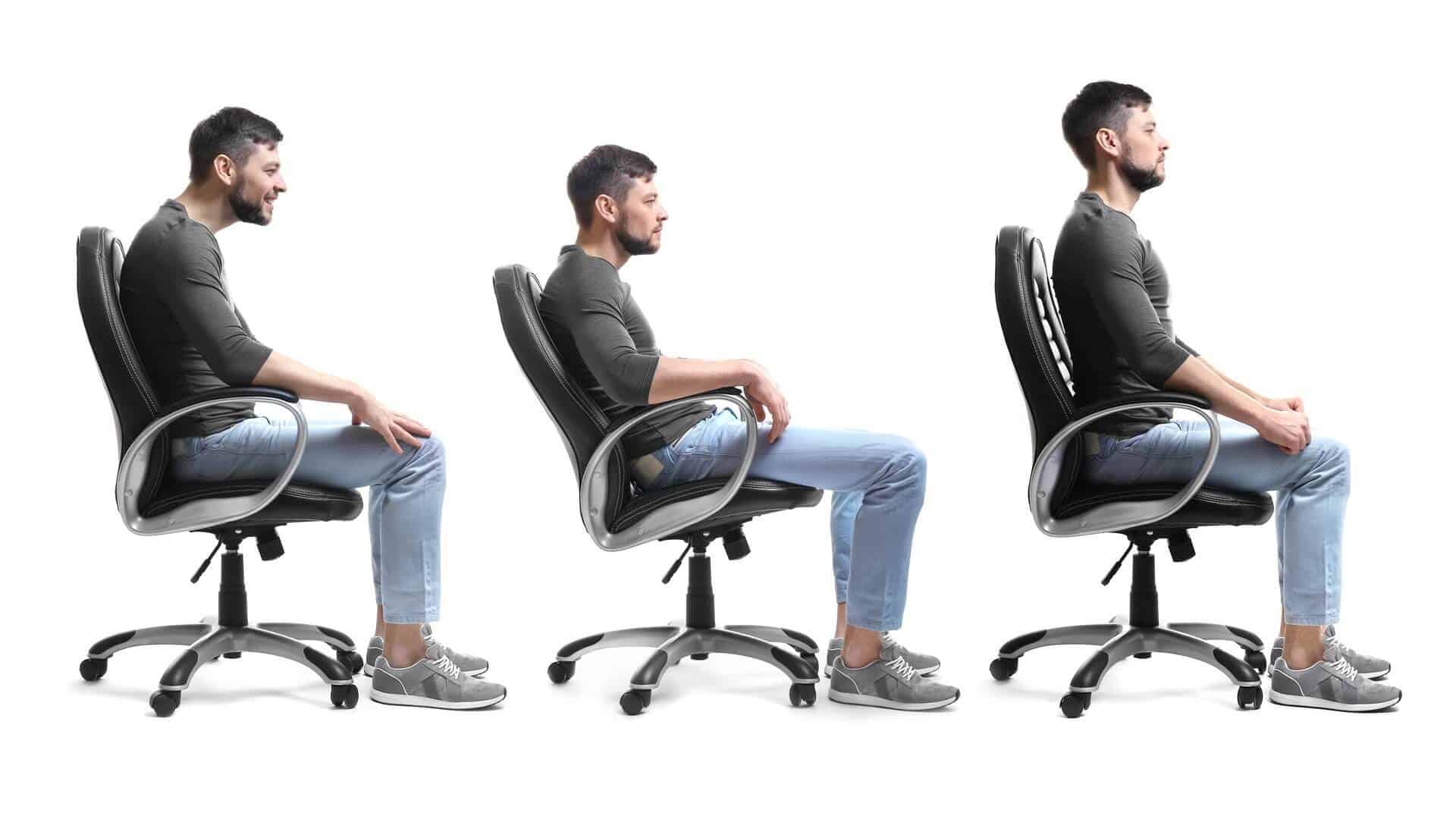
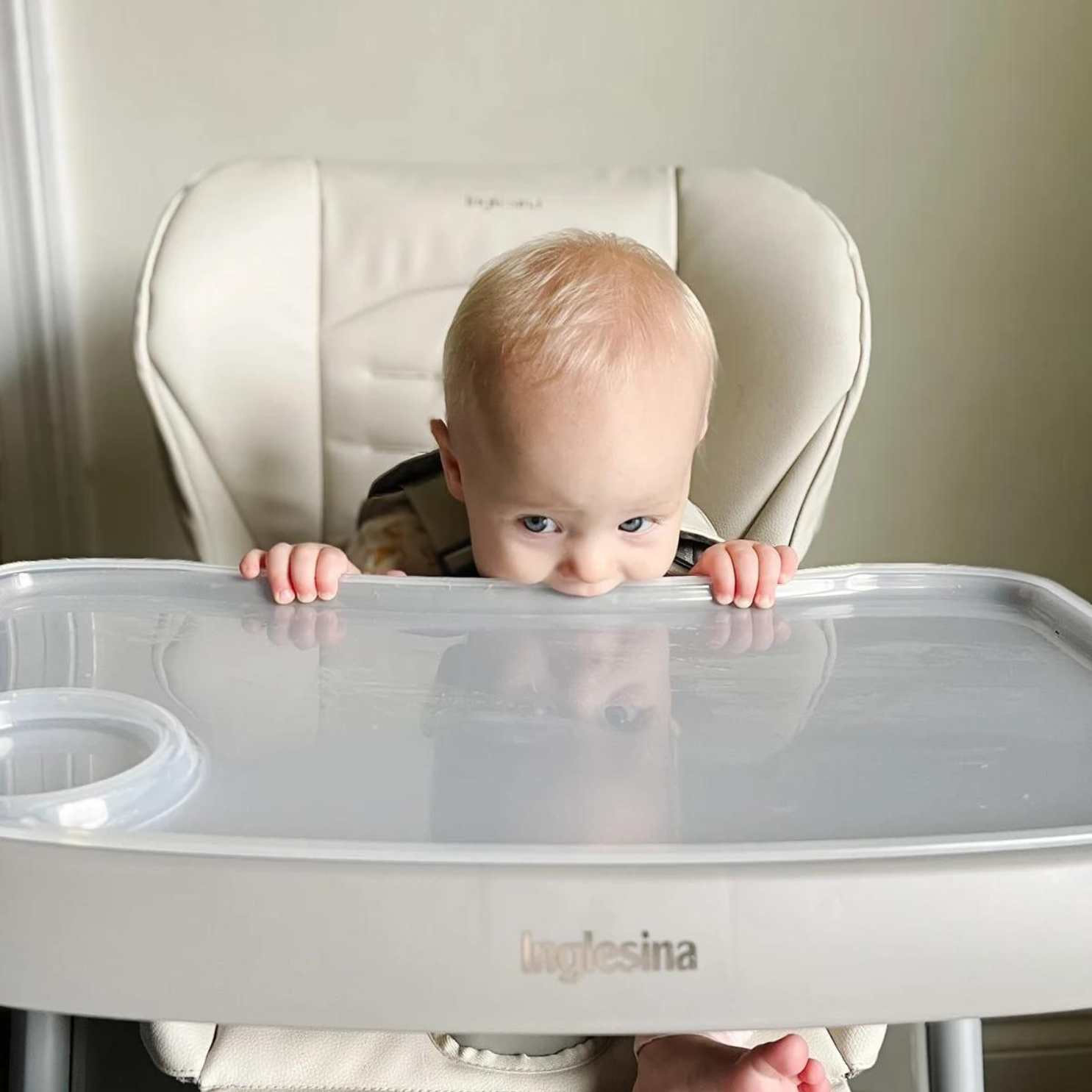
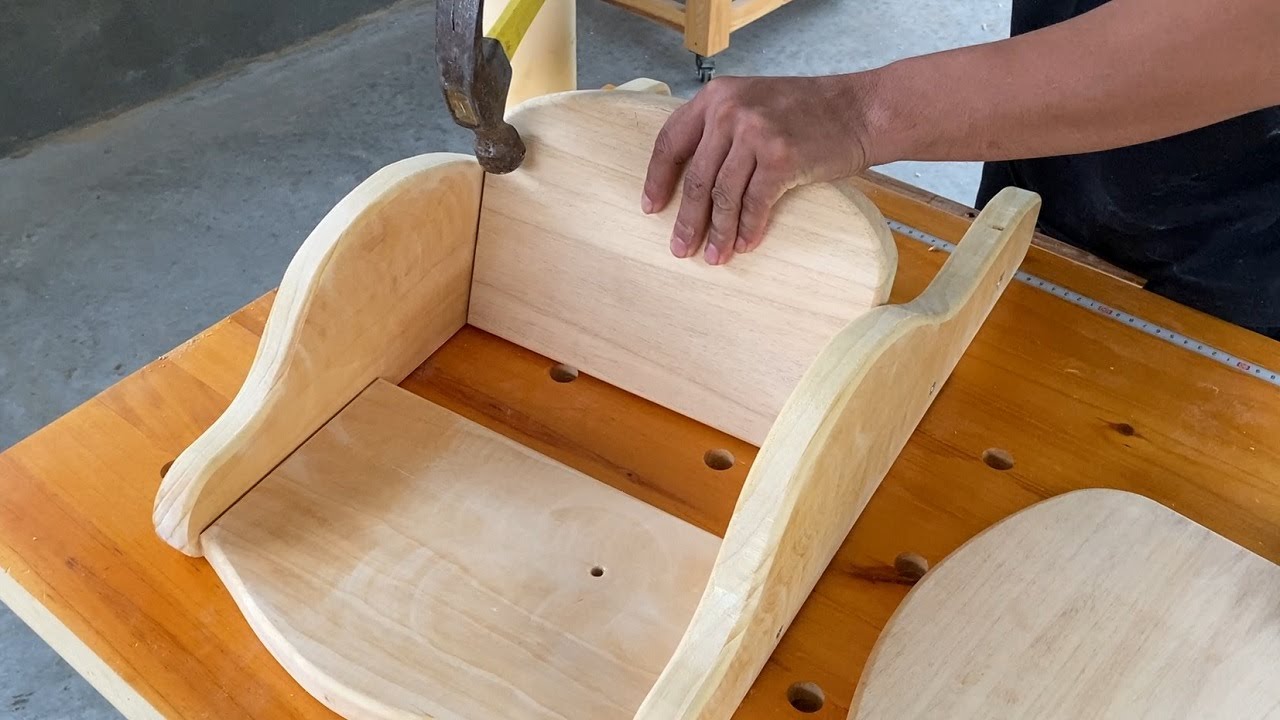
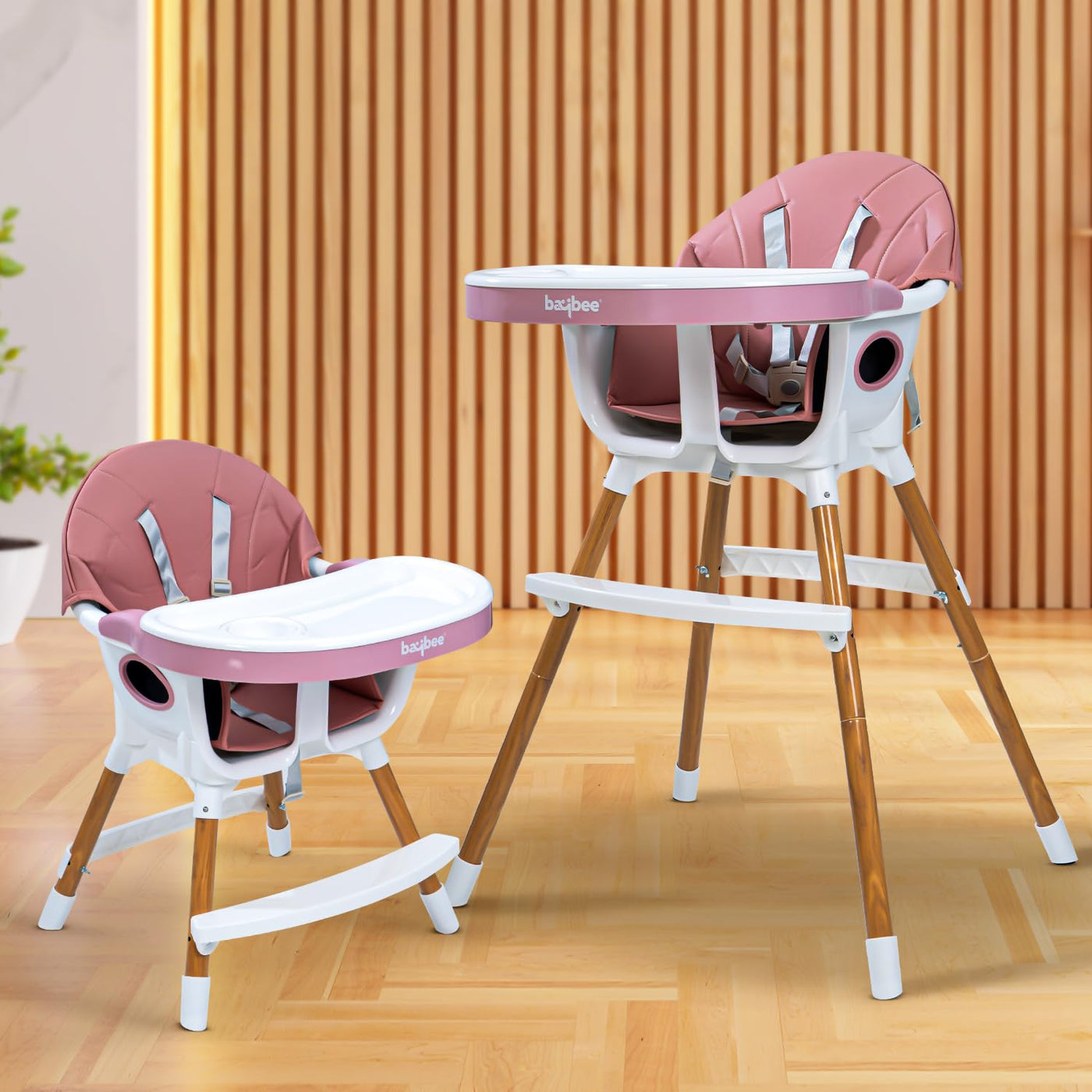
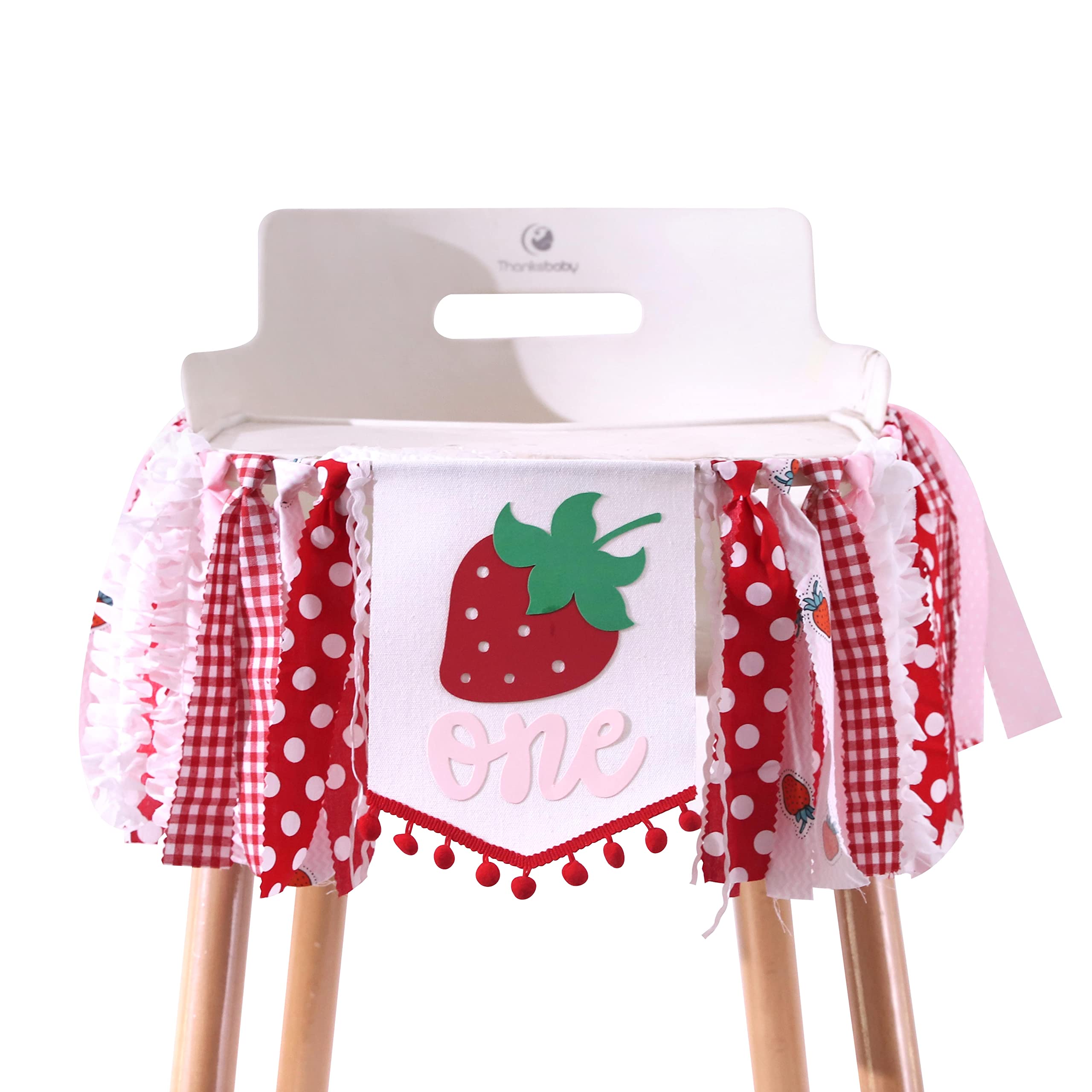
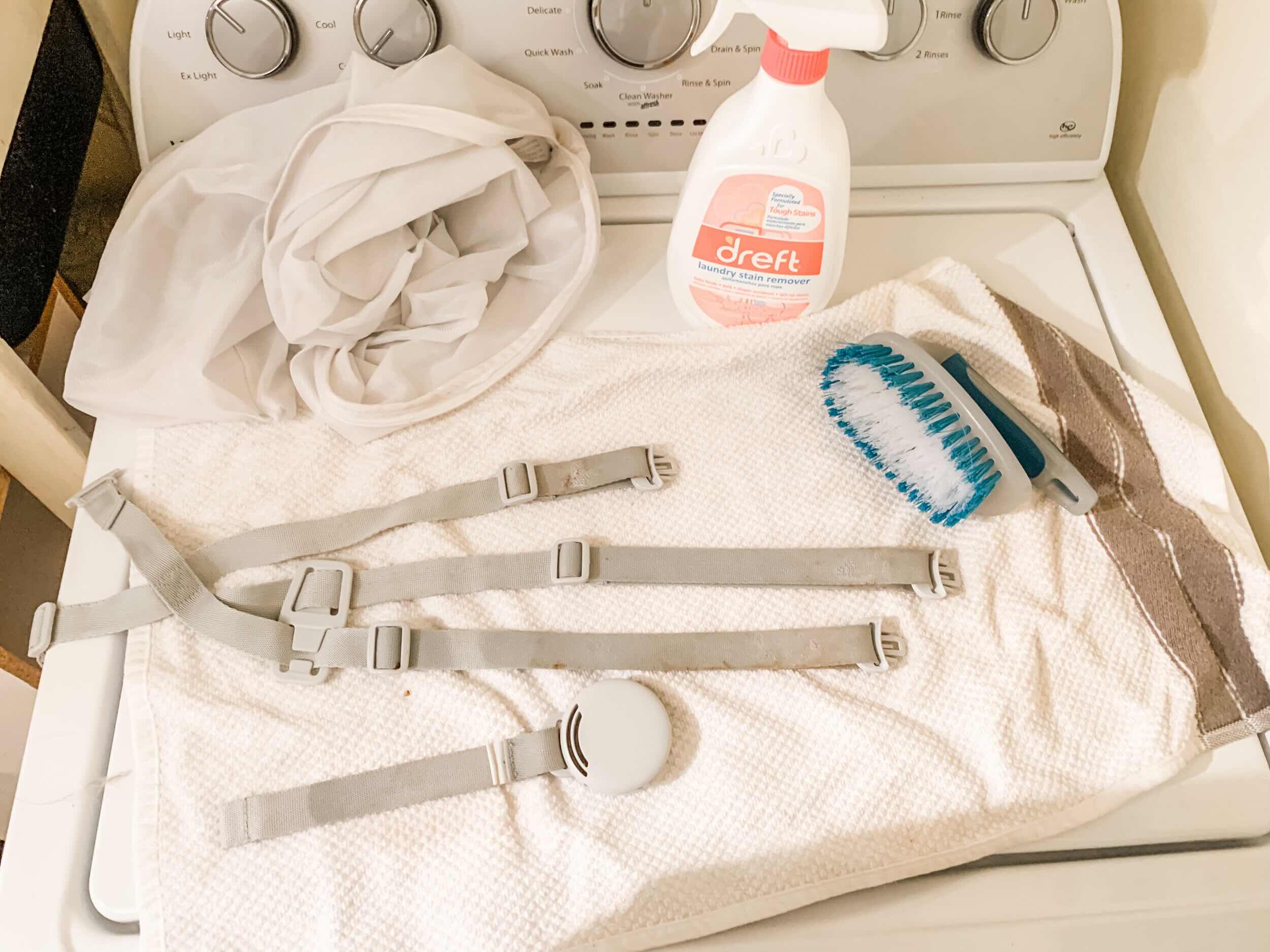
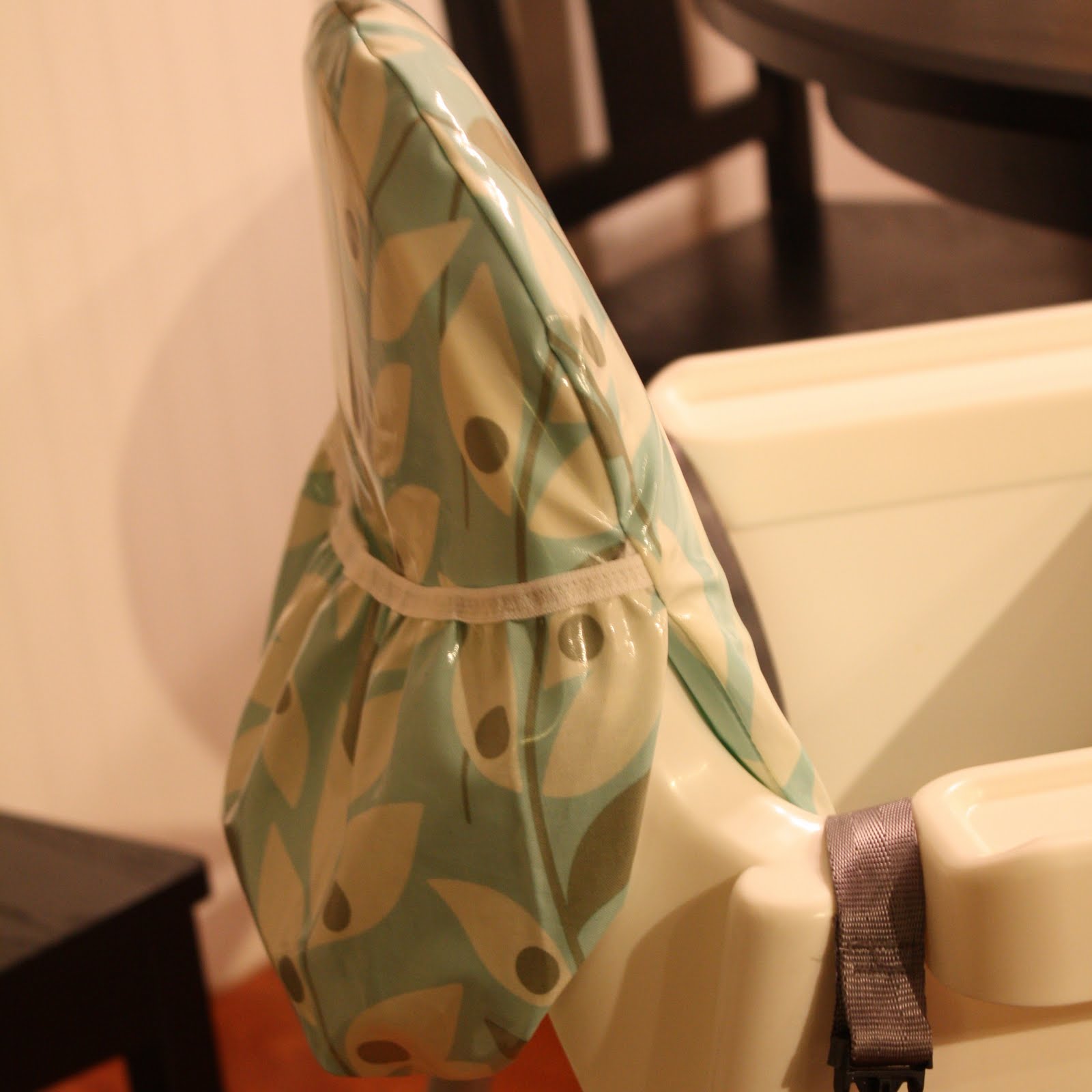

0 thoughts on “When To Transition Toddler Out Of High Chair”